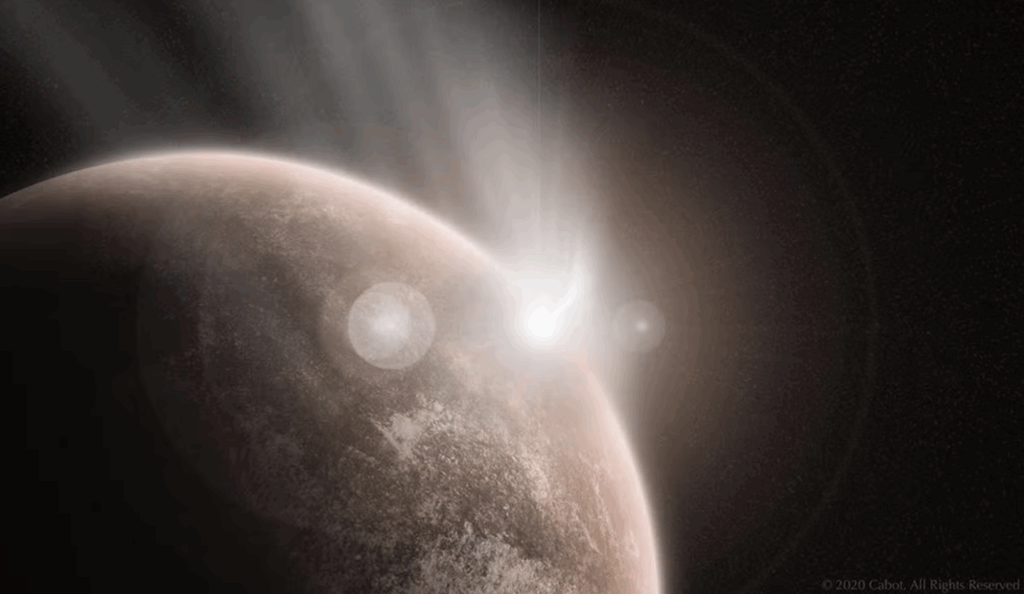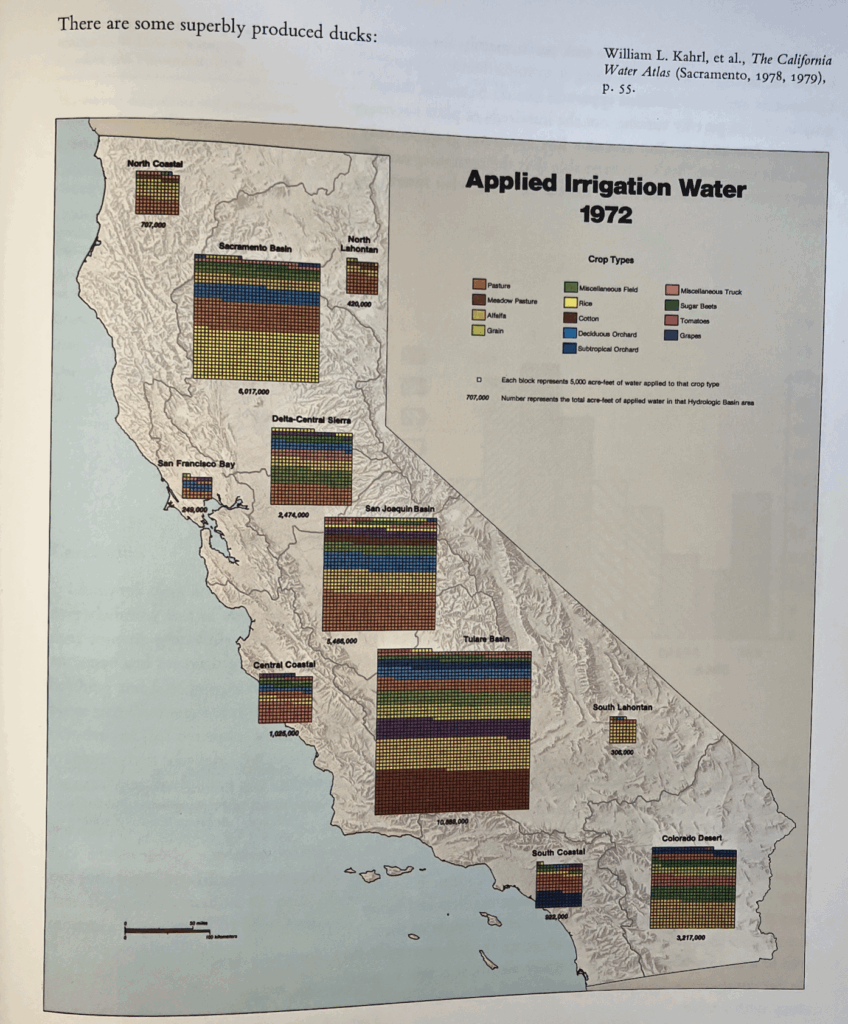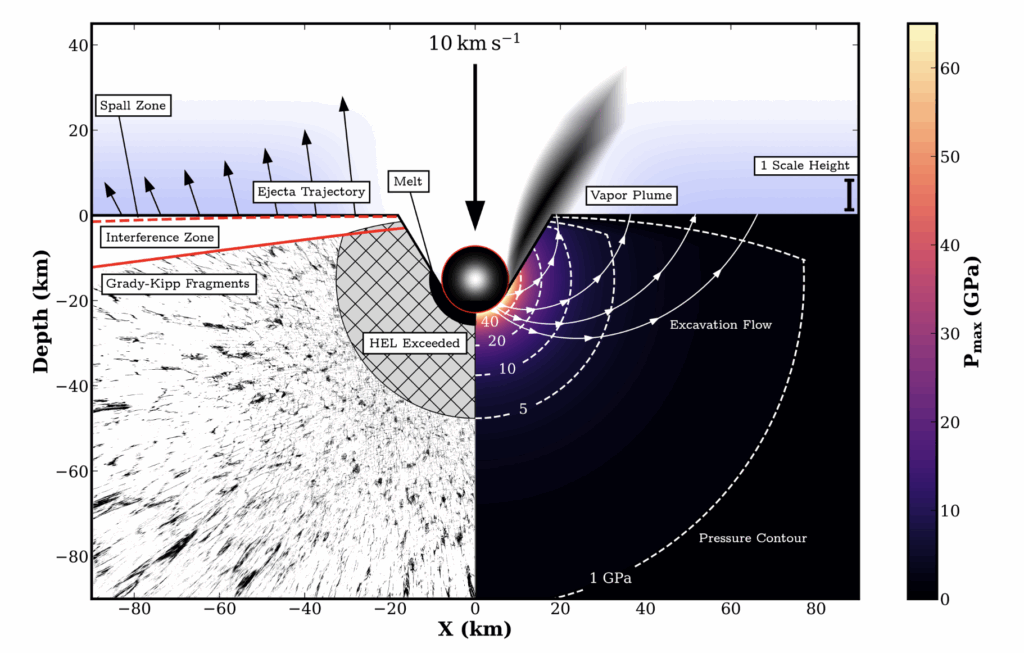
No denying it, Edward Tufte’s The Visual Display of Quantitative Information was a seminal book, and the follow-ups, in particular, Envisioning Information, were remarkable as well. I was exactly the right age to absorb them when they came out. Some of Tufte’s lines are just classic:
… A series of weird three-dimensional displays appearing in the magazine American Education in the 1970s delighted connoisseurs of the graphically preposterous. Here five colors report, almost by happenstance, only five pieces of data (since the division within each year adds to 100 percent). This may well be the worst graphic ever to find its way into print ...
That paragraph falls in the midst of admonitions against self-promoting graphics. Tufte calls such constructions Ducks, where the reference is to the Big Duck Store on Long Island:

Tufte’s take-away, as explained in a quote (which itself is from a quote) that he pulls from Learning from Las Vegas, seems to be that is is all right to decorate construction but never all right to construct decoration.
Sure, I’m fine with that. But then I’ve always been confused by p. 119, whose single line of text runs, ambiguously, “There are some superbly produced ducks:”

So clearly, p. 119 seems intended to serve as another admonition, yet that graphic doesn’t strike me as bad at all… In fact it’s a great graphic that incorporates many of the stylistic choices (small multiples, etc.) that Tufte generally recommends. The net effect was to leave me feeling confused regarding exactly where I should properly hold forth and grandstand within the whole endeavor of data graphics.
The splash image for this post is definitely a construct of decoration. It was constructed by Sam Cabot using his black-belt photoshop skills for the purposes of decorating our self-promotional press release. It strives for photorealism of a KT-style impact on Venus, back when Venus had a one-bar atmosphere, oceans, life, maybe a civilization, etc. What does the moment of impact actually look like?
In the paper itself, we have another graphic that Tufte would probably dismiss as a duck:

It serves to fix ideas regarding the impacts that could have transferred huge amounts of material from Venus to the Moon, where they’re now churned up in the lunar regolith, waiting to be analyzed and discovered, and chewed over in a few upcoming posts.
